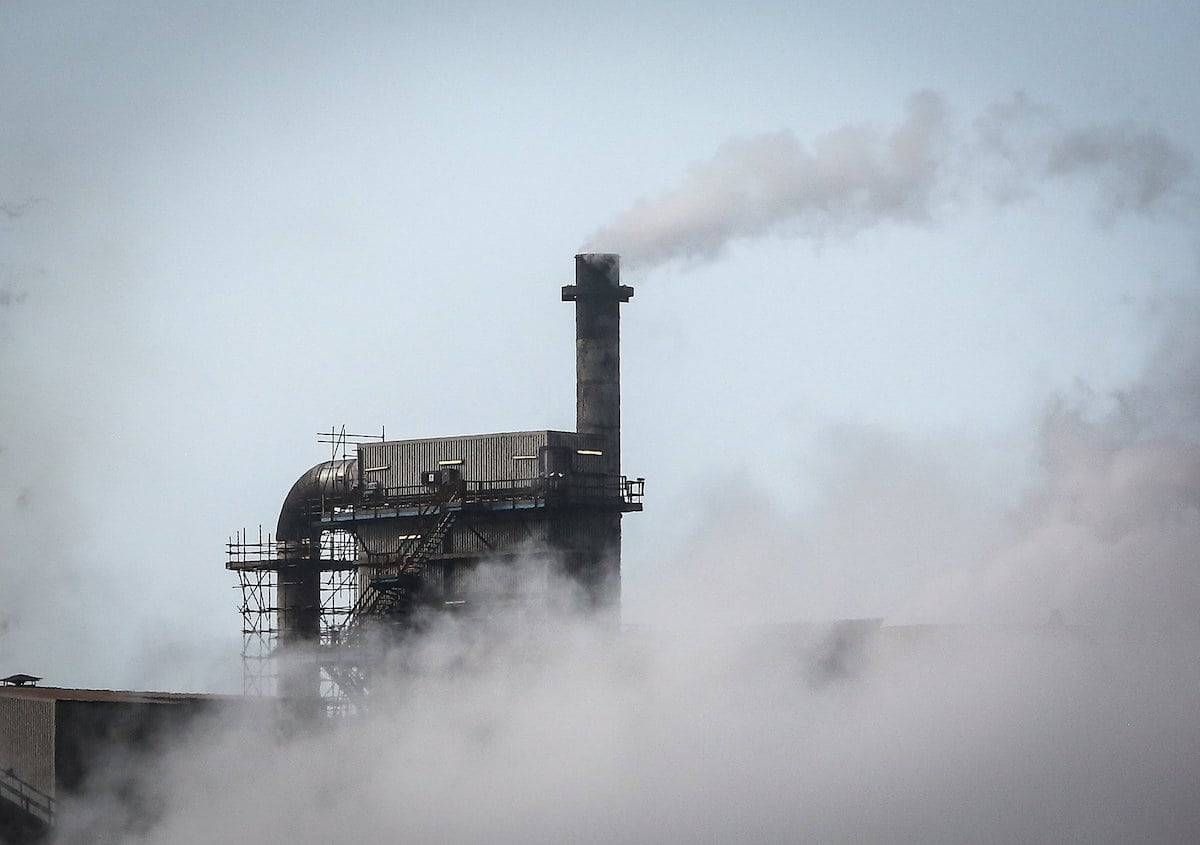
China’s war on particulate air pollution is causing even more severe ozone pollution, warns a new study.
Researchers found that summer surface ozone levels in four Chinese ‘megacity’ urban areas increased during the period from 2013 to 2017.
In early 2013, the Chinese government declared a ‘war’ on air pollution and began introducing stringent policies to regulate the emissions of fine particulate matter, a pollutant known as PM 2.5.
Cities restricted the number of cars on the road, coal-fired power plants reduced emissions or were shut down and replaced with natural gas.
Over the course of five years, PM 2.5 concentrations in eastern China have fallen nearly 40 per cent.
The number of air quality monitoring stations across the country has grown to more than 1,000, collecting “unprecedented” amounts of environmental data.
But, sifting through the data, researchers from John A. Paulson School of Engineering and Applied Sciences (SEAS) in the US and Nanjing University of Information Science and Technology (NUIST) found, surprisingly, that while PM 2.5 pollution is falling, harmful ground-level ozone pollution is on the rise, especially in big cities.
They explained that when it comes to the war on air pollution, chemistry is a formidable foe.
Ozone is the main ingredient in smog and has been studied since it began choking cities in the United Sates in the early 1950s.
It is formed through a series of chemical reactions, starting with the oxidation of volatile organic compounds (VOCs). This reaction forms chemical radicals, which drives reactions among oxides of nitrogen (NOx) and VOCs to produce ozone in the presence of sunlight.
Both NOx and VOCs are emitted from fossil fuel combustion, and VOCs can also be emitted from industrial sources.
The research team found that particulate matter acts like a sponge for the radicals needed to generate ozone pollution, sucking them up and preventing them from producing ozone.
Study co-corresponding author Professor Daniel Jacob said: “There was so much particulate matter in Chinese cities that it stunted the ozone production.”
But he explained that the rapid reduction of PM 2.5 dramatically altered the chemistry of the atmosphere, leaving more radicals available to produce ozone.
Prof Jacob added: “We haven’t observed this happening anywhere else because no other country has moved this quickly to reduce particulate matter emissions.
“It took China four years to do what took 30 years in the U.S.”
Despite the rapid reduction, China still has a long way to go to meet its air quality goals.
Study first author Doctor Ke Li, of SEAS, said: “As PM 2.5 levels continue to fall, ozone is going to keep getting worse.”
Co-corresponding author Professor Hong Liao, of NUIST, added: “Results from this study suggest that extra efforts are needed to reduce NOx and VOC emissions in order to stem the tide of ozone pollution.”
The findings were published in the journal Proceedings of the National Academy of Sciences (PNAS).